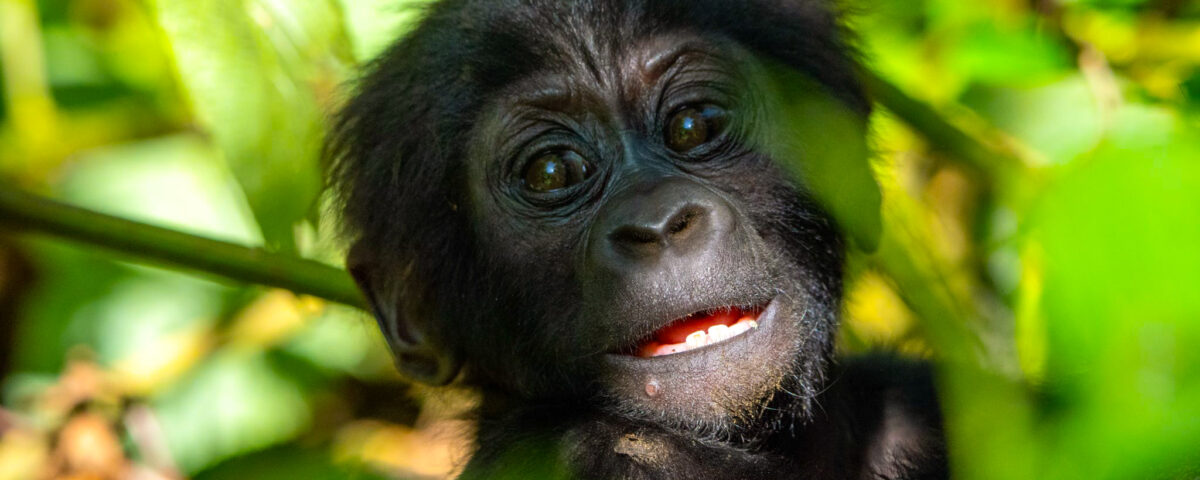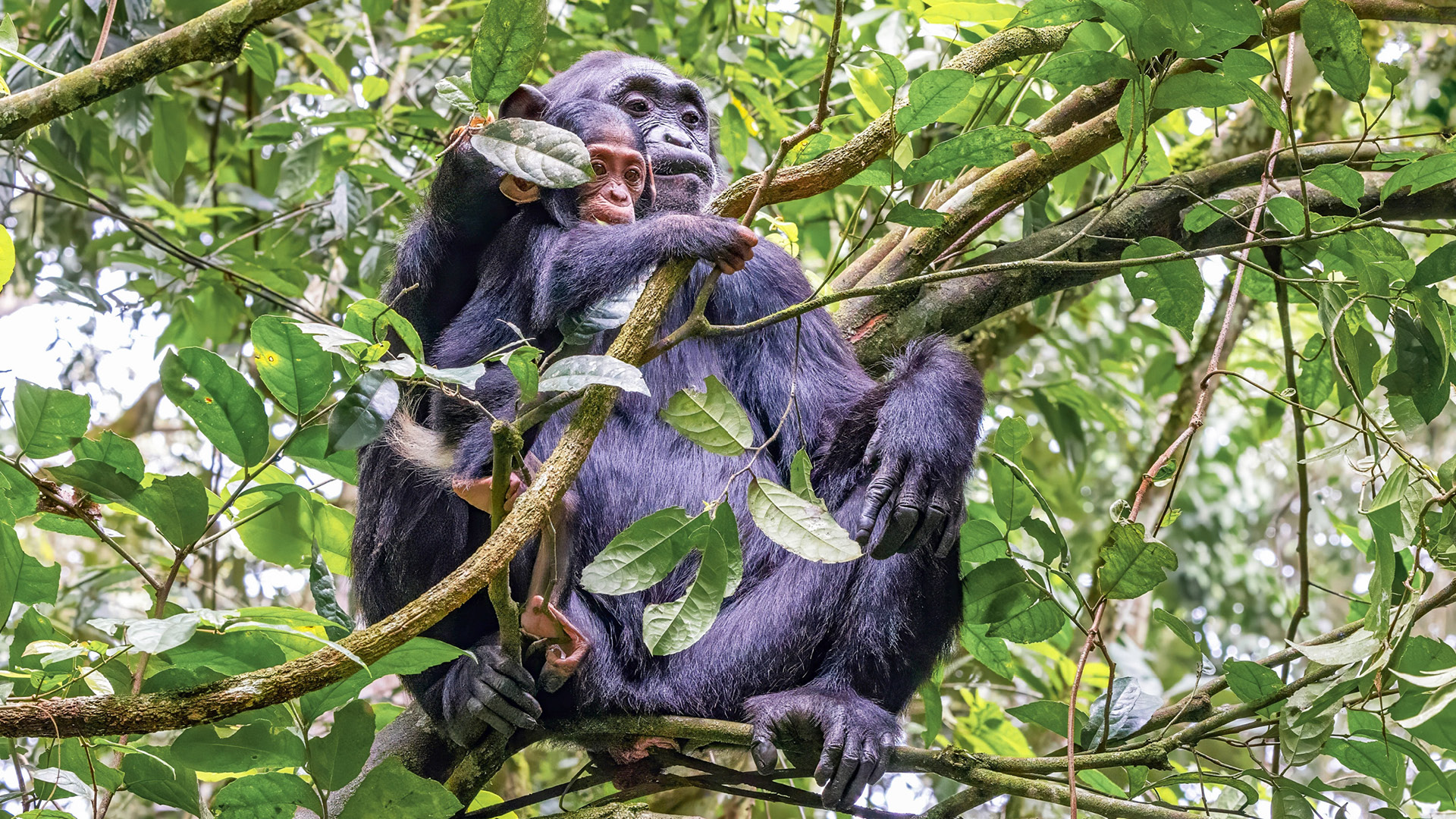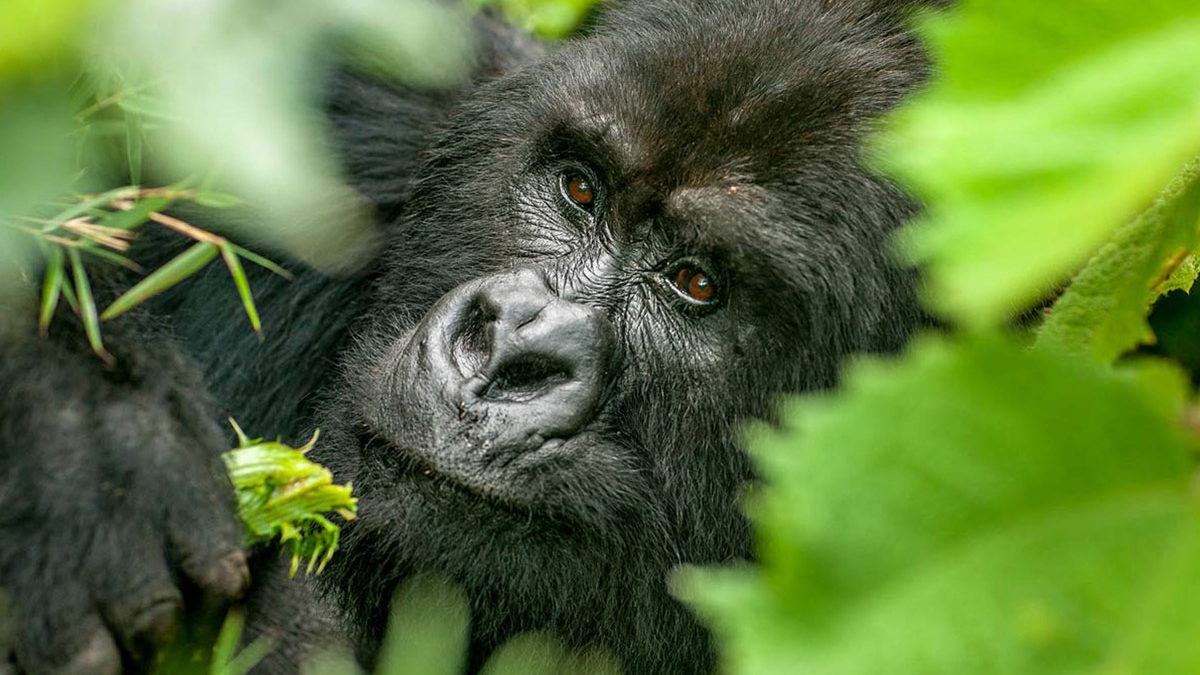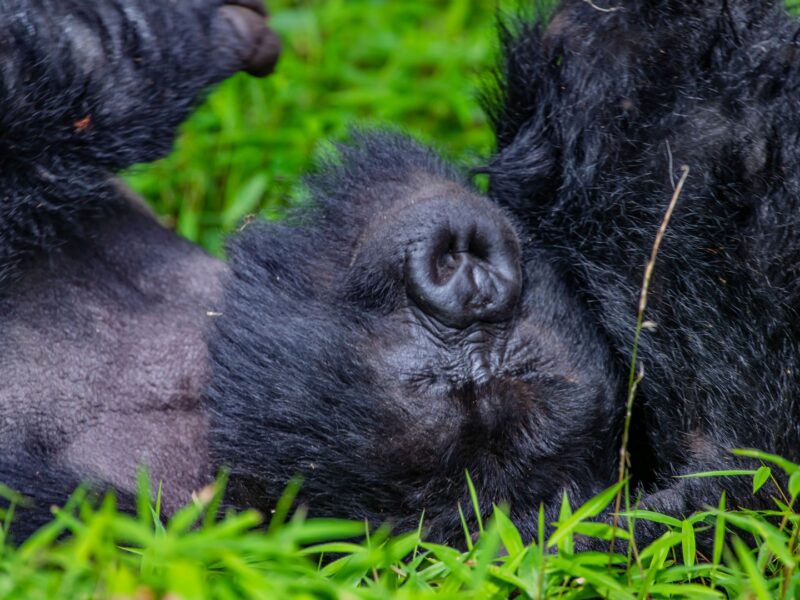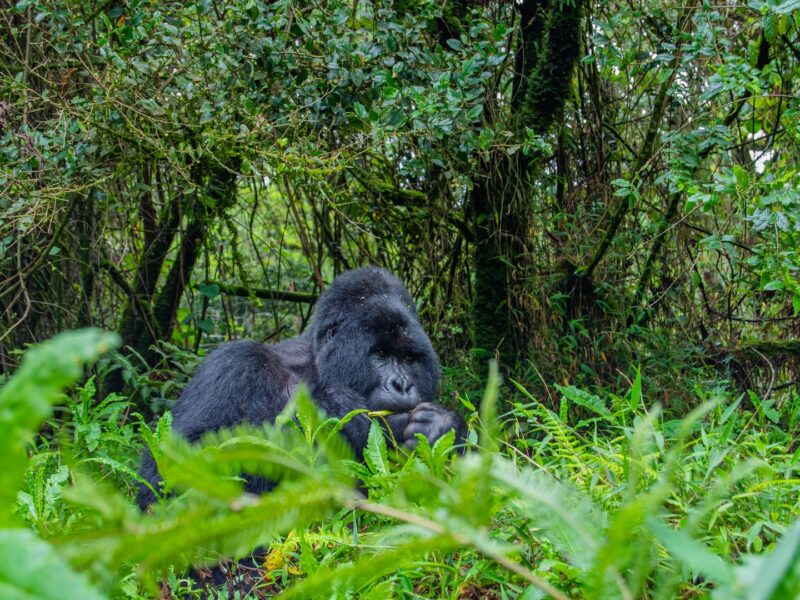
How Big Do Gorillas Get? The True Size and Power of Africa’s Gentle Giants
July 18, 2025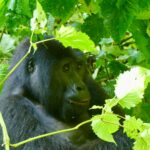
How Many Mountain Gorillas are Left in The World?
July 22, 2025What Is the Difference Between Gorillas and Chimpanzees?
When exploring Uganda gorilla trekking experiences or planning a safari in Bwindi Impenetrable Forest, many travelers often ask: what exactly is the difference between gorillas and chimpanzees?
Although both are great apes and share a high percentage of DNA with humans, they are vastly different in their social structures, behavior, physical attributes, and habitat preferences.
Understanding their differences enhances any Uganda gorilla safari or primate tracking experience, especially when you’re embarking on Gorilla trekking safaris or chimpanzee tracking expeditions in Uganda.
Physical and Social Differences Between Gorillas and Chimpanzees
Gorillas are the largest living primates, with adult males known as silverbacks weighing up to 200 kilograms.
They have robust bodies, broad chests, and shorter arms relative to body size. In contrast, chimpanzees are smaller and lighter, usually weighing around 40–60 kilograms.
Their limbs are longer in proportion, allowing them to swing more easily through trees a behaviour called brachiation.
While gorillas are primarily ground dwellers, chimpanzees are much more arboreal and spend a significant amount of time in the trees.
Socially, gorillas live in stable family groups led by a dominant silverback who oversees the protection and coordination of the troop.
Their social structure is relatively peaceful, and conflicts are minimal.
Chimpanzees, however, form more dynamic and fluid groups, often engaging in more aggressive and hierarchical interactions.
They are intelligent, a tool used and complex vocal communication systems, which they use for social bonding, warnings, and even hunting coordination.
Behavioural and Dietary Contrasts
One of the most notable differences lies in diet and behaviour.
Gorillas are primarily herbivores, consuming leaves, stems, and occasionally fruit.
They have a slow, deliberate pace and spend most of their time foraging and resting.
Chimpanzees, on the other hand, are omnivorous.
They eat fruit, insects, leaves, and even hunt smaller mammals, displaying cooperative hunting behaviours that demonstrate their high level of social intelligence.
The difference becomes even more evident during Africa gorilla trekking or chimpanzee tracking in Uganda’s tropical forests.
While gorilla trekking in Bwindi involves tracking groups that are relatively stationary.
Chimpanzee tracking in Kibale Forest is more active and fast-paced, as the groups move quickly and noisily through the canopy.
Which Experience Should You Choose: Uganda Gorilla Tours or Chimpanzee Tracking?
Uganda offers some of the most authentic and awe-inspiring primate encounters in Africa.
Considering the best gorilla trekking safari, visit to Bwindi Impenetrable Forest is unmatched.
With over half the world’s remaining mountain gorillas, the forest provides an intimate experience with one of our closest relatives.
But chimpanzee tracking offers a different kind of excitement watching these intelligent, energetic apes interact and communicate.
Why not do both? With Ngeye Tours & Travel, you can combine Gorilla trekking safaris in Bwindi with chimpanzee tracking in Kibale National Park.
Golden monkey tracking in Mgahinga, and even cultural immersions with the Batwa communities.
This mix of experiences offers a deeper understanding of Uganda’s primates, forests, and cultural richness.
Whether you’re captivated by the sheer strength and gentleness of gorillas or the playful brilliance of chimpanzees, each primate experience tells a unique story.
And with the right guidance, your Uganda gorilla trekking adventure can seamlessly incorporate the very best of East Africa’s wildlife wonders.


